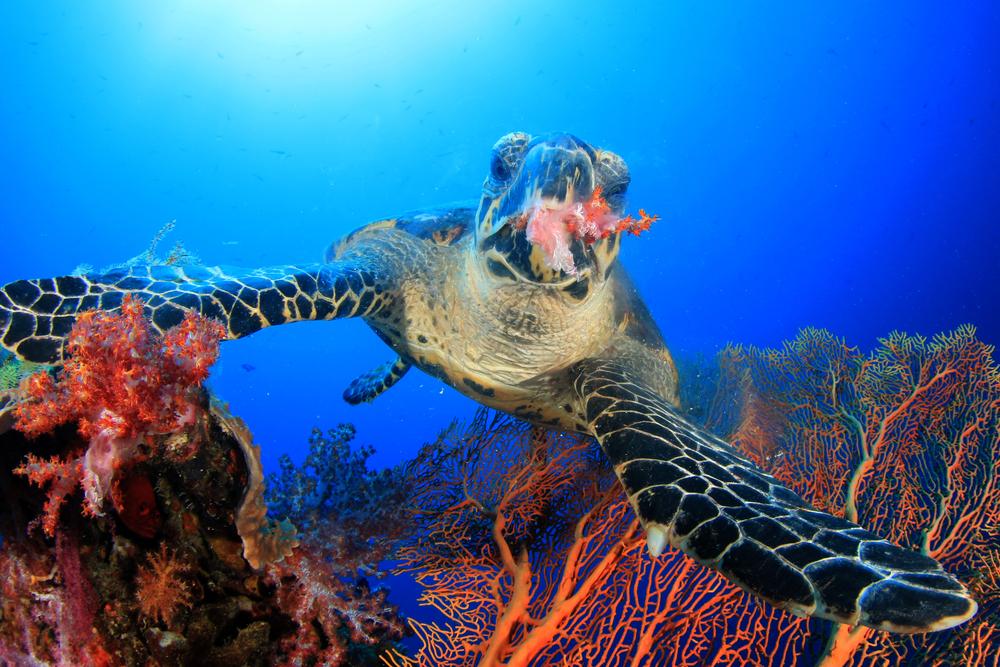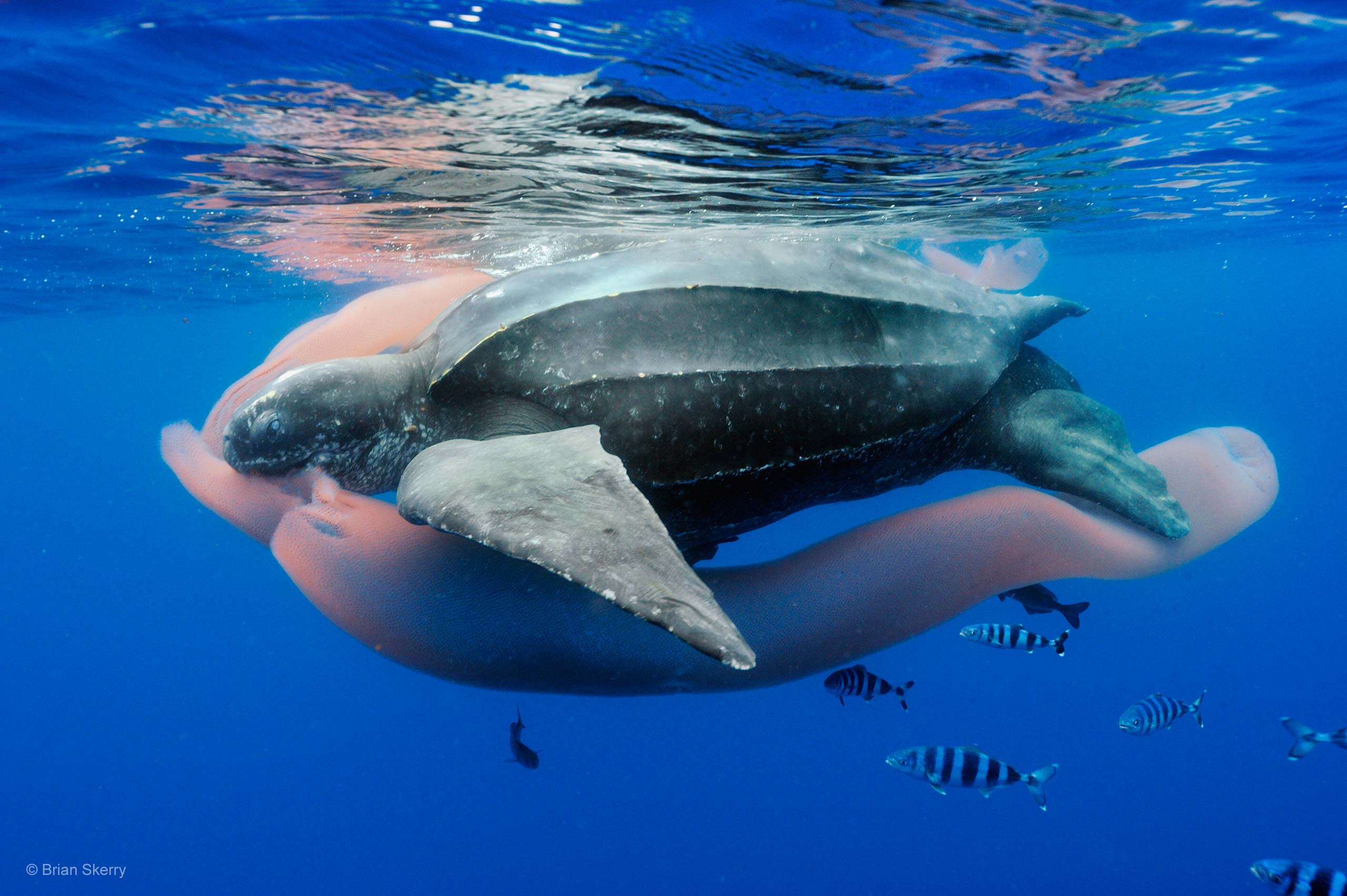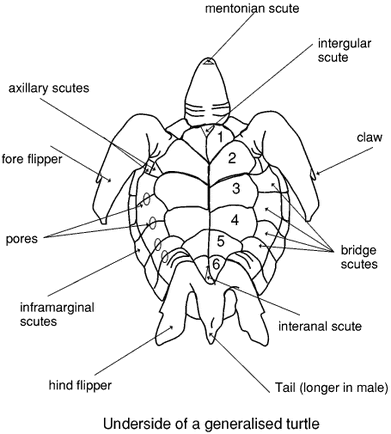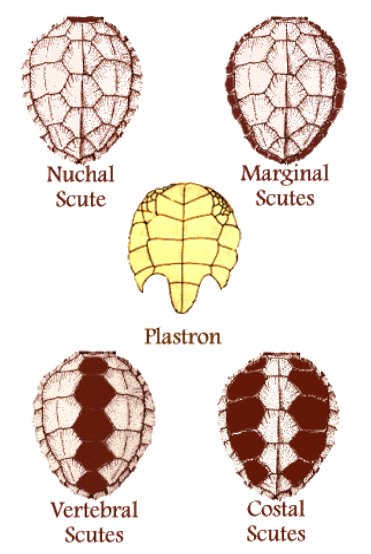
There are many species of sea turtles that live in the ocean from the Loggerheads of North Carolina to the Olive Ridleys often in the Indian Ocean. The 7 species are the Loggerheads, Green Sea Turtles, Black Sea Turtles, Leatherbacks, Hawksbills, Kemp's Ridleys, and Olive Ridleys. We will covering the basics over the next few sections.
Sea turtles are reptiles whose order, the Testudines, date back over 220 million years. Their first common ancestors where found 120 million years ago in the later Jurassic era with the Odontochelys semitestacea being the oldest known turtle species. There are nearly 800,000 sea turtles of all species throughout the words according to the SWOT Database as seen in the image below from 2018.

Sea turtles are omnivores with carnivorous or herbivorous tendencies that vary between species. Many turtles that eat jllyfish, crabs, shrimps, mollusks, and other small fish will also eat kelp and other sea vegetation. It has even been recorded that some turtles will switch diets as they age. The hawksbill sea turtle, see image below, have strong jaws and digestive system that is perfect for eating and digesting coral.

Leatherback sea turtles have scissor-like jaws and are the primary consumers of sea cucumbers and sea pens between other sea turtles. The image below is of a leatherback sea turtle eating a pyrosome, which is a creature you can learn more about here.

Sea turtle species all have a different scute design. Scutes are the various plates that make up a turtle's shell. In the image below, you can see 5 different scute designs. Included below are images of a turtles anatomy and various organs and the technical terms for certain parts.

